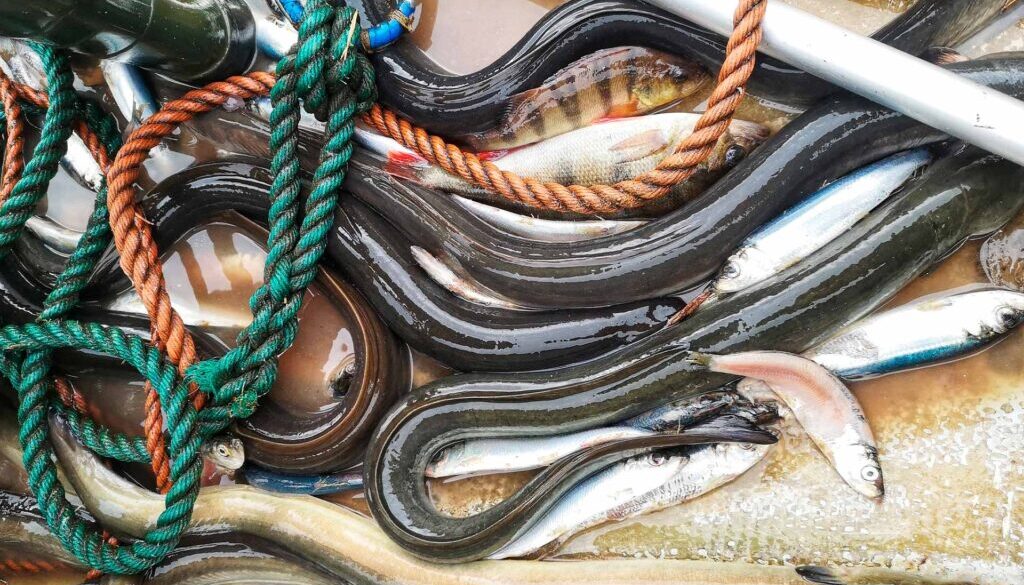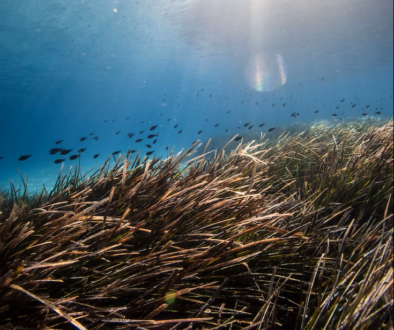Open letter sent by e-mail to: Member states across the EU
CC: to Commissioner for Environment, Oceans and Fisheries, Virginijus Sinkevičius
Director General for Maritime Affairs and Fisheries, Charlina Vitcheva
BALTFISH, and The Scheveningen Group
Dear Ministers
Please Keep Eel Fisheries Open: save the European Eel and small-scale fishing communities
We write to urge you not to adopt a new regulation, due to be voted on in the December AgriFish Council, to implement a 6-month closure on all European Eel fishing in marine and adjacent brackish waters, as set out in the Commission’s Proposal for fishing opportunities for 2023[1].
This proposal and the current 3-month closure period will shut down the marine eel fisheries for good. It will not save the eel[2], and it will undermine eel management, which is placed – rightfully – within the framework of the European Eel Regulation from 2009 (Council Regulation (EC) No 1100/2007). Furthermore, this proposal ignores many of the recommendations made by ICES in their response to the EU request for technical evaluation of the Eel Management Plans progress reports.[3]
We as representatives of small-scale low impact fishers from across the EU call for:
- A more comprehensive approach, using both fisheries and non-fisheries related measures, to ensuring the recovery of the eel
- A renewed focus and more effort on implementing the Eel Regulation, adopted in 2007.
We urge Member States to agree to an alternative to the current 3-month closure.
We request that member states implement measures other than a fishery closure. As specified in the text of the Fishing Opportunities for 2023 proposal, there should be an alternative to the closure period where Member States have the opportunity to implement their own measures to allow eel fishing to continue while still contributing to recovery of the eel.
We also call for improved data collection on the escapement of silver eels and on glass eel recruitment. Small-scale fishermen across the EU have observed large increases in the abundance of eel at all life stages.
———————————————————–
BACKGROUND: In 2007 EU Member States agreed to establish a framework for the protection and sustainable use of the stock of European eel. EU member states agreed that the target should be achieved in “the long term” (Council Regulation (EC) 1100/2007).
According to the Evaluation of the Eel Regulation from 2020, there have been notable successes in terms of reducing fishing mortality across the EU, but there is still a need for a considerable improvement, especially when addressing non-fisheries related anthropogenic mortality[4].
Measures stipulated in the national eel management plans have been adopted since 2009, however, implementation can and should be improved. Fishers have played their part. Furthermore, the decline in glass eel recruitment has been halted. The generation time of eel is around 13 years, and measures have been in place for 13 years.
It was never the goal – nor possible – to rebuild the eel stock in such a short timeframe. Eel recovery will take a long time. Today we are in a better situation than when the eel regulation was adopted. Things are going in the right direction.
Despite this, you – EU Ministers and the European Commission (EC) – have started to take measures outside of the agreed Eel Regulation.
Since 2018 the AgriFish Council of Ministers and the Commission have moved decisions on the management of the eel to the yearly TAC negotiations in December.
We see this as a very dangerous move, which we believe will jeopardize the implementation of the Eel Regulation, and thereby the possibility of the Union, to rebuild the eel stock and preserve the associated fisheries. The result will be complete failure in achieving the key objectives of the Eel Regulation.
Those engaged in the fisheries have done much. Closing fisheries will be counterproductive and,according to ICES, will be insufficient to ensure the targets are reached.
Fishermen across the EU have engaged in the rebuilding of eel stocks for the last 13 years. They have reduced their fishing effort in line with the agreed EU Eel Regulation, in the belief that Member States and the EC would also implement other, non-fisheries measures, as well as establishing a fit for purpose data collection system.
Due to a failure by Member States and the European Commission to do so, fishermen will again pay the price. We as fishers can, and will, contribute to eel conservation, employment and food security. If we are allowed to.
We urge you to not to make small scale fishermen pay the highest price. Please don’t close our fisheries: give the Eel Regulation time to work, implement the other needed measures in the member states, and implement an improved data collection on glass eel recruitment and silver eel escapement.
With kind regards,
Brian O’Riordan
Executive Secretary, LIFE
[1] Press release from EU Commission, 22nd of October 2022, link here.
[2] Although reduction in marine catches is expected to have a positive impact on the potential spawning stock in the long term, none of the options suggested above would be sufficient to achieve the 40% escapement biomass target of the EC Eel Regulation for any sea basin by 2020”. ICES: EU request to provide advice on fisheries-related anthropogenic impacts on eels in EU marine waters, 2017.
[3] ICES (2022): EU request for technical evaluation of the Eel Management Plan progress reports. ICES Advice: Special Requests. Report. https://doi.org/10.17895/ices.advice.19902958.v2
[4] European Commission, Directorate-General for Maritime Affairs and Fisheries, MacNab, S., Luchetta, G., Nimmo, F., et al., Evaluation of the Eel Regulation : final report, Publications Office, 2020, https://data.europa.eu/doi/10.2771/679816



